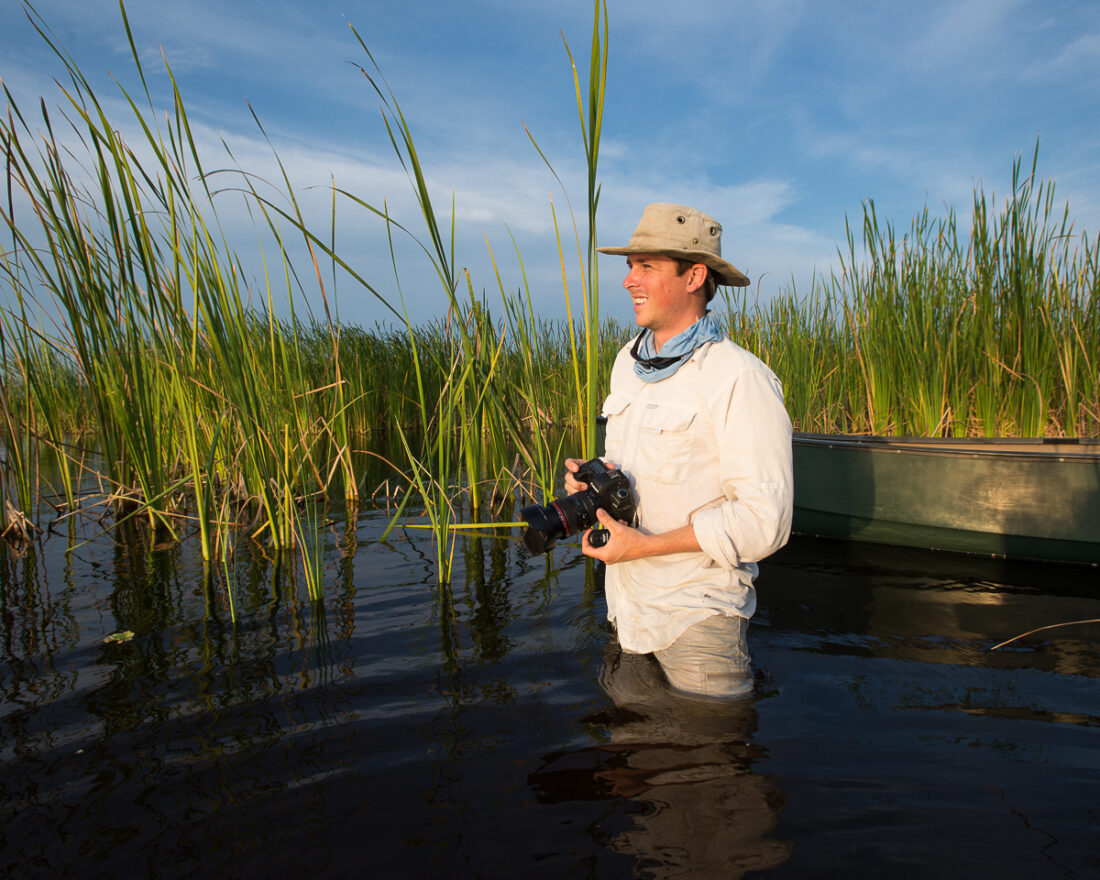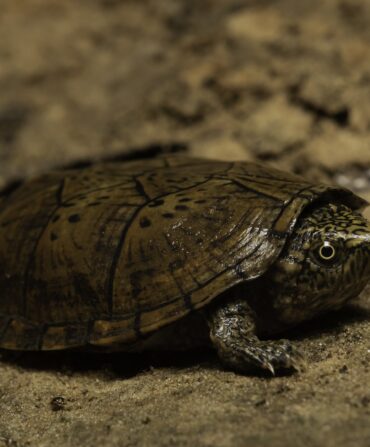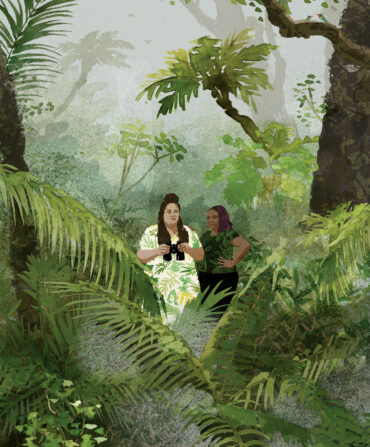Scrolling through the portfolio of Florida-born, South Carolina–based conservation photographer Mac Stone feels like being let in on secret after secret. A snail kite swoops to pluck an apple snail from a marsh; the electric night sky frames a dwarf mangrove; an inquisitive burrowing owl peers into the camera; two ghost orchids unfurl into bloom; a month-old alligator floats alongside its mother.
The Gainesville native, fascinated since childhood by Florida’s wealth of nature, and especially by its swamps and wetlands, came out with his first book, Everglades: America’s Wetland, in 2014 after spending five years immersing himself in the remote reaches of the national park. “I try to think like the animals, find a way into their worlds, and take people where they’ve never been,” Stone says. To that end, he builds custom camera hides for camouflage, sets remote-sensor camera traps, paddles or treks across alligator-filled wetlands, and generally does whatever it takes to put himself in position to capture the beating heart of the South’s wildest places.
Today, Stone is a contributing photographer for National Geographic, a National Geographic Explorer, and a senior fellow with the International League of Conservation Photographers. He moved to Greenville, South Carolina, about a decade ago, and he’s still as involved as ever in conservation efforts in Florida (see photos from his latest project for the Everglades Foundation here) and in his adopted state. Below, we caught up with him on what it takes to shoot in the field, his current work with the nonprofit Naturaland Trust, the role photography plays in conservation, and how he gets his own kids interested in nature.
I notice that photographers will often say “making” a photo rather than “taking” a photo. I’m sure that language reflects the process.
It’s a mental exercise to remind yourself that you are thinking deliberately about what you’re doing, and you’re understanding that your actions have consequences in how viewers relate to your image. That could mean anything from crouching down instead of seeing the world on your two feet, or moving over and applying creative light. The way you are injecting your perspective into an image is what “makes” a photograph rather than “takes” it.
The best photographers in my mind are the ones that can do this so seamlessly and so unobtrusively that as the viewer, you’re left wondering how the photo came into being. I try to make the viewer say, how am I looking at this right now? If you get a viewer to have that thought, they’re inherently sticking around longer.
In shooting wildlife, something you can’t control, how do you balance your expectations of what you want the shot to be with whatever that landscape or species gives you that day?
It’s a blessing and a curse because the landscape might give you rain…but then the rain might actually be the element that makes it wonderful. Or it might give you a really harsh light in which you’re like, okay, I’ve got to bring out strobes and I’ve got to shape this. It’s about how adaptable you can be.
And it’s always about careful planning. I will plan, plan, plan, plan until I get out there so that when I’m in the field, all I have to do is respond to the moment with my intuition. That instinct is the paintbrush stroke that makes [a photo] different for every artist.
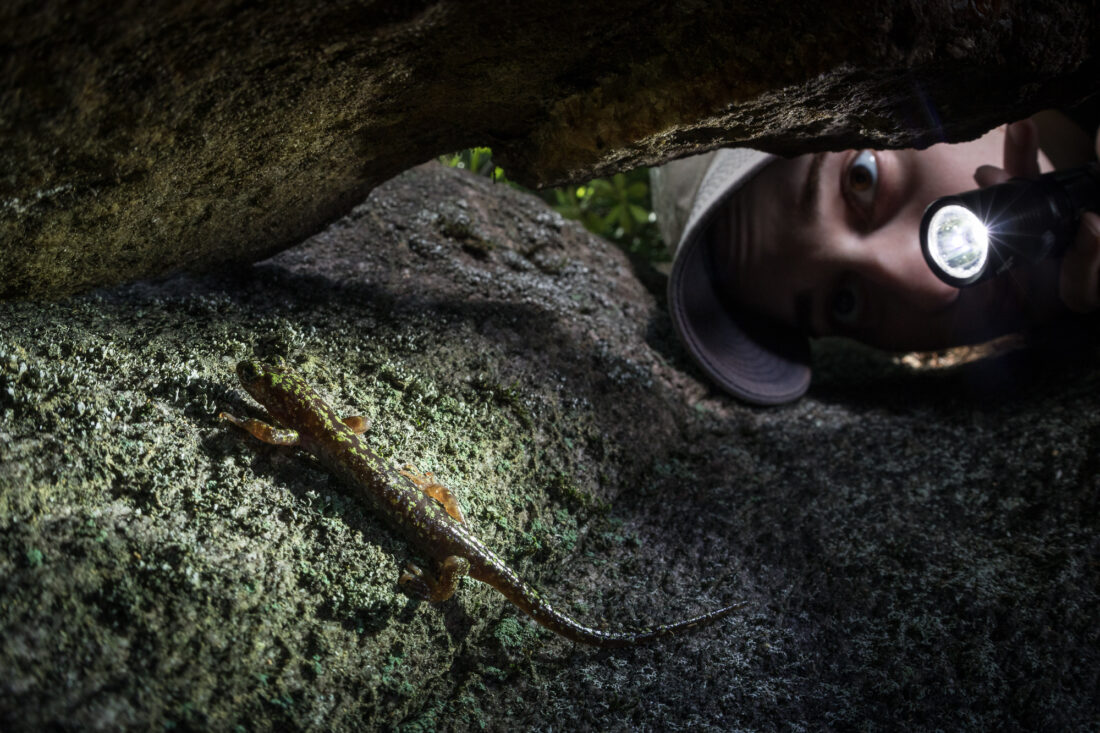
Talk a little about that overlap between conservation and photography.
I was a National Geographic kid. My idea of adventure came from that magazine, and LIFE magazine and BBC. But those magazines never talked about the wildernesses that I knew and that I loved and that were in my backyard. It was always big animals and in Africa or in Australia or in other far-flung places. Nobody was singing songs about swamps. I always felt like these areas where I grew up were underappreciated. Even my own friends didn’t want to come with me out there.
Photos became that vehicle for me to say, here’s my proof. I started photographing all the adventures I was having and all the things I was seeing and the way I felt about these places. And it started resonating with people. The better I got, the more I was able to hone my images and reach a broader audience to try and bring people into these places. I wanted to shed new light and make people think twice before saying they were worthless or gross or yucky or dangerous.
Do you think we are starting to see more representation of these wild Southern places?
I do, I think it’s improving. We went through this period in the nineties and early 2000s where we felt like we needed to build all this stuff to attract people to manufactured landscapes. Now it feels to me like it is much more about what we’re able to protect and what exists naturally. There is this kind of renaissance, especially in the South, of outdoor culture and having that more fundamental appreciation of our backyards. That is starting to feel more endemic with this younger generation. But swamps and wetlands in particular still have a big hill to climb in terms of collecting adoration in the hearts and minds of people.

I was out in a swamp last year reporting a story on monarch butterflies. I loved it, and it was beautiful, but it was a rough landscape. It made me think about how most people don’t really want to go out there and get stuck in the mud and trip on cypress knees.
We don’t need everybody to love swamps, but we do want them to understand what makes them tick and what makes them unique. Anybody can look at a photo of a swamp and think, oh, that’s pretty. That doesn’t mean they will want to go wade in that water. But I do think there are lots of young, impressionable minds who haven’t made up their mind yet about a swamp being gross and yucky. And if you can get to them before they’ve made up their mind on that, then you’re in.
If we can convince people their native habitats are important and beautiful—and I’m speaking to Southerners here—then it automatically instills a sense of pride. And if you have that sense of pride, you have that sense of ownership. With ownership, you feel responsibility, and that brings long-term stewardship.
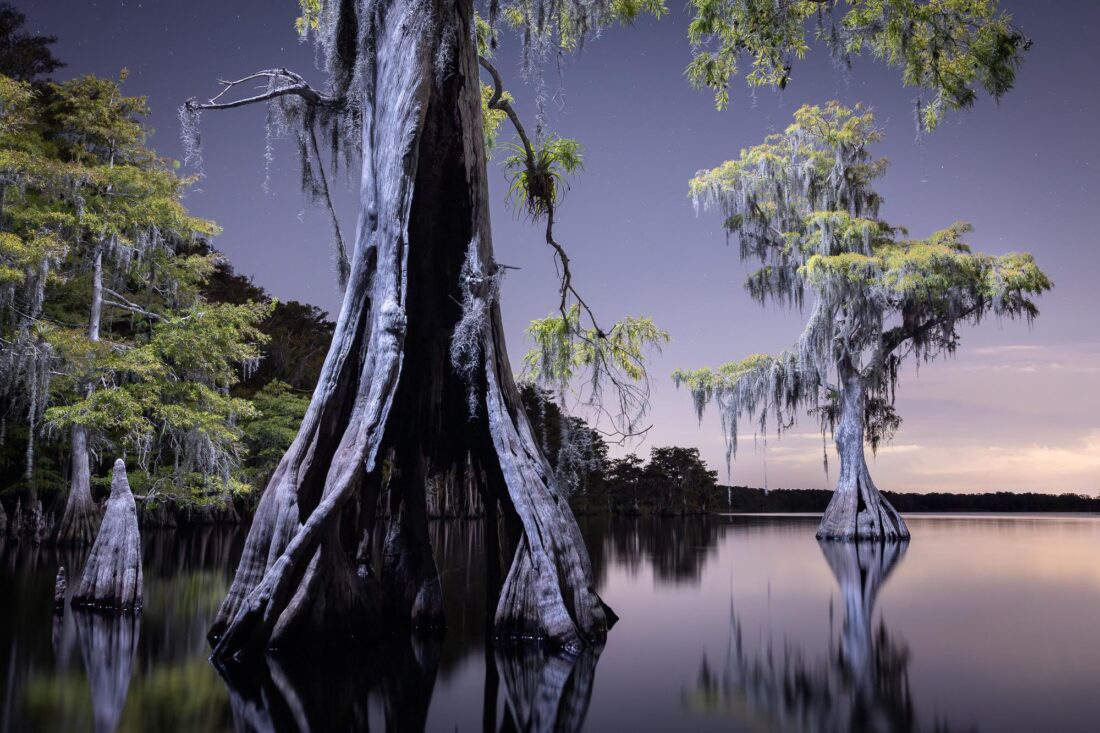
What projects are you working on right now?
I just finished a big project that I’m excited about—a limited-edition book for the Everglades Foundation, which celebrated its thirtieth year. They are doing a big endowment campaign right now to help fund the organization in perpetuity. To thank the donors, we put together a coffee table book that is full of lots of new photos. I had this long list of dream images I’ve always wanted to make. I was ticking off those images like a grocery list: showing dolphins doing their mud ring feeding behavior, tarpon going through schools of millions of mullet, using mangrove prop roots as nursing grounds.
Can people buy this book?
You can’t buy it. It’s for the donors to the endowment campaign; all the donors up to a certain threshold will get a copy of the book as a thank you. It’s a way for us to just show appreciation and also remind people what the whole project is about.
And make everybody who hasn’t donated sorry that they didn’t, because they don’t get a book.
Hey, it’s not too late. Not all the books are spoken for.
I know you’ve also got a conservation nonprofit.
It’s called Naturaland Trust, and we just turned fifty last year. We were founded by an attorney and a visionary genius in Greenville, South Carolina, to fill the need of protecting land up in the mountains in the southern Blue Ridges so it doesn’t wind up looking like the hills of Los Angeles.
We are very targeted in where we work in the upstate region of South Carolina. We buy land, and we will either hold on to it indefinitely or we will put it into ownership with the state parks or DNR or the Forest Service. Our acquisitions are what created Jones Gap State Park, Caesars Head State Park. We’ve helped expand Paris Mountain State Park by 25 percent in the last five years. We have bought headwaters to restore trout streams. We own Nine Times Forest and we opened it up to the Carolinas Climbers Coalition. That’s now the most popular rock climbing destination in South Carolina.
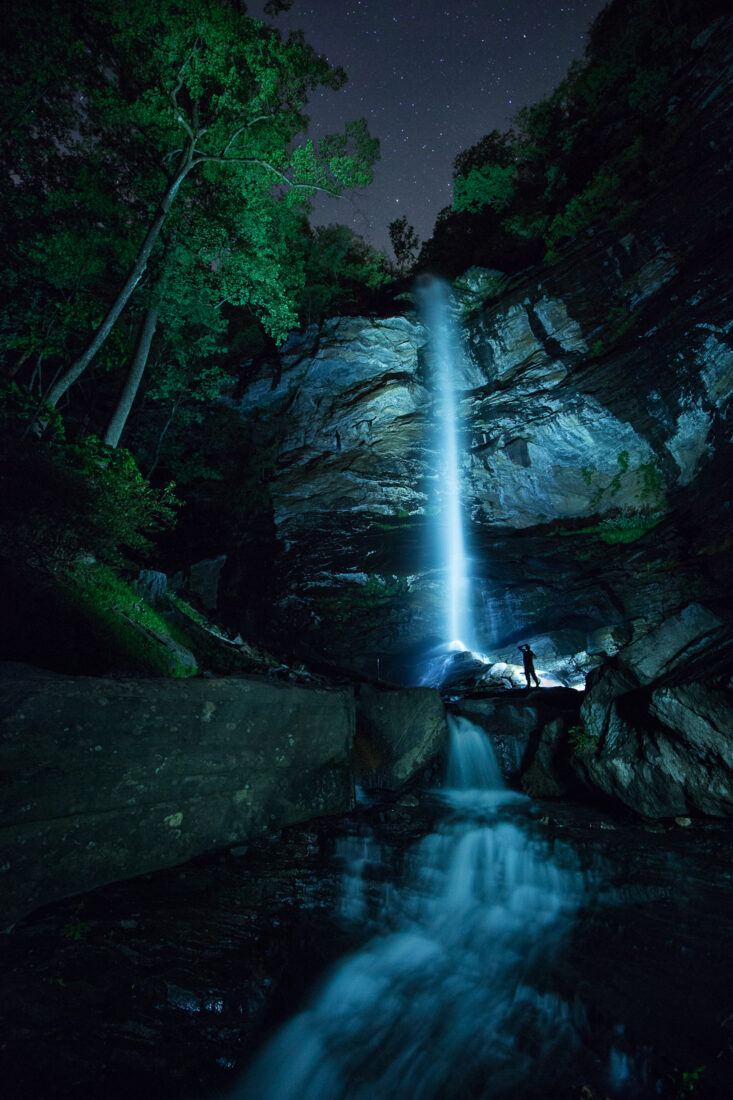
How do you do all of this?
We go out and raise money, and all of that fundraising goes into land. So it is super mission-charged, just a lean, mean conservation machine. We look for the most strategic properties; recently we bought a six-and-a-quarter-acre property. It’s like a little island in the middle of the national forest. It’s not a lot of acreage, but it’s a keystone linchpin to restoring over four miles of brook trout stream. So we bought this property. Then we demolished all the buildings on it. We removed a dam that was blocking up the headwaters of Pigpen Branch—by removing that dam, it now unlocks that four-mile stretch to be restored with native Appalachian brook trout, the most beautiful fish in the United States.
What’s next for you?
Before, I was working on a book about old-growth swamps. I put it on hold, but I’ll resume that now. At Naturaland, we are also starting to work on preserving Carolina bays in the Lowcountry because these ecosystems are just so endangered. We’re going to create an offshoot of our organization that will focus on that. We’ve already purchased one, and received another as a donation.
One more thing…we touched on how important it is to influence young minds. How do you get your own kids involved with the natural world?
It’s so easy because kids don’t need what adults need to be amazed. You take them to a stump and peel back one layer and show them a beetle larva. Last weekend I took my daughter and son on a hike, and at this time of year, there are wood frogs breeding in vernal pools. I took them to this spot that has millions of eggs. And their minds were blown. You could just go dig a hole in your backyard and find something, and that would impress your kids. The older they get, the more work you have to do, but you’ve already laid the foundation.
Garden & Gun has an affiliate partnership with bookshop.org and may receive a portion of sales when a reader clicks to buy a book. All books are independently selected by the G&G editorial team.


